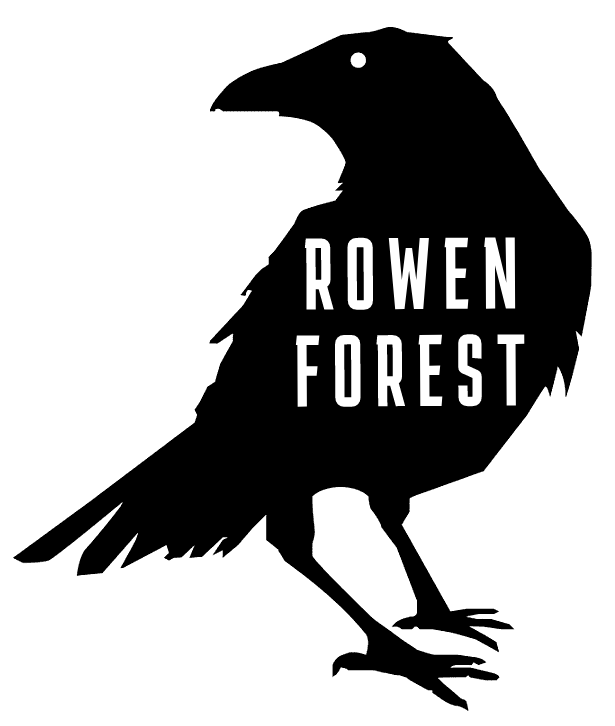In the quiet stillness of a winter forest, a magical phenomenon unfolds. Appearing overnight, delicate strands of ice, like silvery hair, erupt from decaying wood. This is hair ice, caused by a fungus (Exidiopsis effusa). Looking like the abandoned wigs of geriatric squirrels, these icy mops are a bizarre and incredible sight.

A Fungal Masterpiece: The Science of Hair Ice
The secret behind this icy artistry lies within the intricate workings of a specialized fungus, Exidiopsis effusa. This microscopic organism colonizes the decaying wood, weaving a network of minute fibers. These delicate filaments act as a scaffold, guiding the formation of ice crystals into the intricate, hair-like structures we observe.
The Perfect Conditions for Hair Ice Formation
The creation of hair ice requires a delicate balance of conditions. Temperatures must hover just below freezing, creating a delicate equilibrium between liquid and solid. High humidity is essential, providing the necessary moisture for ice crystal growth. The chosen canvas – dead wood from broadleaf trees like beech, oak, and maple – provides the perfect substrate for the fungus to thrive.
The Fungus's Icy Alchemy: Shaping the Crystal
As the fungus thrives, it subtly influences the freezing process. It releases compounds like tannins and lignins into the surrounding water. These substances act as microscopic sculptors, subtly manipulating the formation of ice crystals, preventing them from simply solidifying into a uniform mass. This delicate interplay between fungus and ice results in the formation of the intricate, hair-like structures that characterize this unique phenomenon.
Experiencing the Magic: Where to Find Hair Ice
To witness the ethereal beauty of hair ice, you'll need to venture into a winter forest with lots of decaying broadleaf wood. Look for these icy formations in cold, humid areas across the Cascadian bioregion and northern latitudes worldwide. The fungus, Exidiopsis effusa, can leave a white scaly-looking fungal growth on the wood year-round. During periods of freezing temperatures and high humidity, the moisture within the wood is extruded and shaped into delicate, hair-like filaments by the fungus, preventing the formation of large ice clumps. These fragile strands persist only until temperatures rise above freezing or direct sunlight strikes them, at which point they melt rapidly.
Hair ice is a Reminder
It serves us all when contemplate these spectacles, and observe the interplay between organisms and environment and witness the extraordinary beauty arising from the beating cycles of the Earth.

